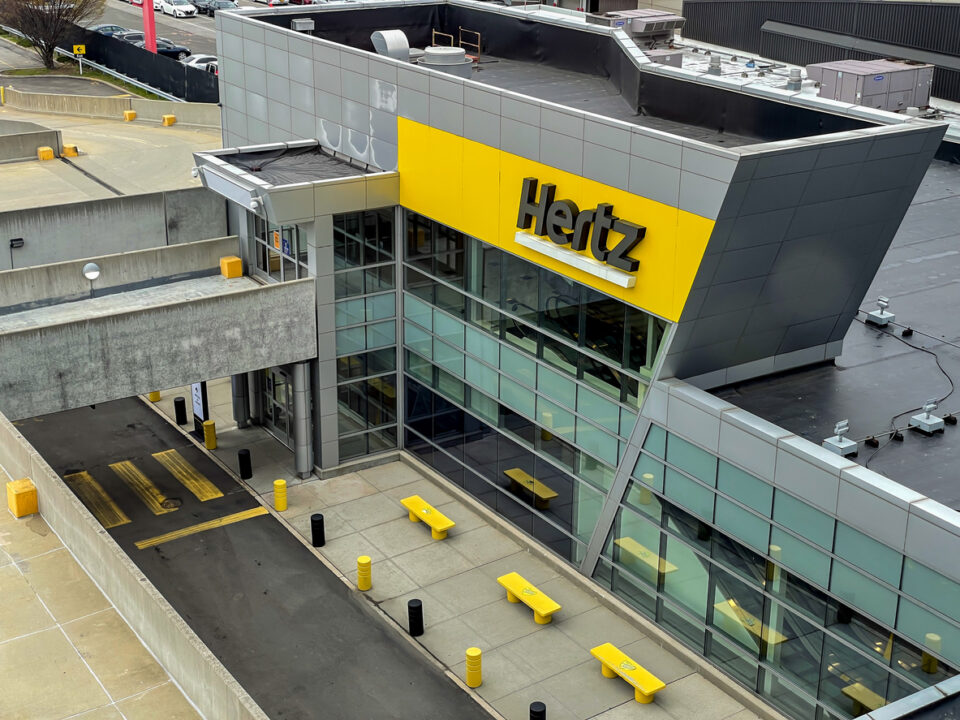

Carvana is Buying Customer Cars in the Time it Takes to Brush Their Teeth
While you stood at the bathroom sink this morning and brushed your teeth (with a two-minute song like Elvis’ “All Shook Up” playing in your mind, no doubt), Carvana bought another car from one of its customers. The online used car retailer bought 203,000 cars from customers last year – more than it sold.
In the new car space, NADA has figured that 43% of new car sales include a trade-in. Looking at the numbers of that statistic, that means 7,546,500 out of 17,550,000 total new car sales came with a trade-in as part of the deal. The average age of all cars on the road is 11 years (up from eight years in 1995), and drivers who buy a new car tend to keep it for six years (up from four years in 2006). As customers are keeping their cars longer than ever, trade-ins will continue to be an important used car sourcing channel.
Hertz Orders 100,000 Teslas as Part of Plan to Electrify Fleet
By the end of 2022 (semiconductor shortage be willing), Hertz will have 100,000 Tesla Model 3 vehicles in its fleet across the United States and Europe. The Hertz-Tesla deal is part of widescale plans to modernize the rental car company with efforts focused on “electrification, shared mobility, and a digital-first experience,” says interim CEO Mark Fields.
Much of the public’s hesitancy around electric vehicles centers on the lack of readily available charging stations. To combat this, Tesla Senior Vice President Andrew Baglino has stated that the company plans to triple the size of its 25,000-charger network in the next two years while Hertz has committed to installing thousands of chargers at its rental locations and across its network.
Average Transaction Price by Segment
The average transaction price across the industry has seen about a 6% increase from June 2020 to June 2021, and we can get a clearer picture of how this increase came to be by looking at the breakdown of prices across various segments. Minivans had the largest YoY increase at 17.8% as consumers’ desires for more family-friendly transportation grew. The next biggest increase was the mid-size car at 11.3%, proving that this stalwart isn’t going anywhere soon. Another notable jump was the luxury full-size SUV/Crossover at 10.3% and nearly a $10K increase YoY – a very promising increase for the growing segment.
| Segment | May 2021 Transaction Price Avg. | June 2021 Transaction Price Avg. | Percent Change May ’21 to June ‘21 | June 2020 Transaction Price Avg. | Percent Change June ’20 to June ‘21 |
| Minivan | $42,138 | $43,033 | 2.10% | $36,531 | 17.80% |
| Mid-size Car | $29,510 | $30,281 | 2.60% | $27,214 | 11.30% |
| Full-size Car | $40,795 | $42,617 | 4.5% | $38,581 | 10.5% |
| Luxury Full-size SUV/Crossover | $98,202 | $99,700 | 1.5% | $90,375 | 10.30% |
| Hybrid/Alt Fuel Vehicle | $30,970 | $30,589 | -0.70% | $28,055 | 9.0% |
| Full-size Pickup Truck | $56,261 | $57,267 | 1.80% | $52,691 | 8.70% |
| Subcompact Car | $19,920 | $20,646 | 3.60% | $19,059 | 8.30% |
| Sports Car | $42,457 | $43,464 | 2.40% | $40,399 | 7.60% |
Source: Kelley Blue Book
Posted
John Paul Strong
John Paul Strong combines his two decades of automotive marketing experience with a team of more than 150 professionals as owner and CEO of Strong Automotive.


